Can You Tell If A Mushroom Is Poisonous By Spore Print?” takes you on an intriguing journey into the fascinating world of mycology. In your exploration, you’ll discover whether the technique of analyzing a mushroom’s spore print can reliably help you distinguish between edible and toxic varieties. You’ll learn the basics of spore printing, understand its limitations, and uncover the importance of combining this method with other identification practices. Join in, and equip yourself with essential knowledge to ensure your mushroom-picking adventures are both safe and rewarding. Can you tell if a mushroom is poisonous by spore print? You might be asking yourself this very question, especially if you’ve ever ventured into the woods, stumbled upon a wild mushroom, and wondered if it’s safe to eat.
While the spore print of a mushroom can provide valuable information about its species, it isn’t a foolproof method for determining edibility. In this friendly and insightful article, we’ll dive into the nuances of mushroom identification and explore whether spore prints can definitively tell you if a mushroom is poisonous.
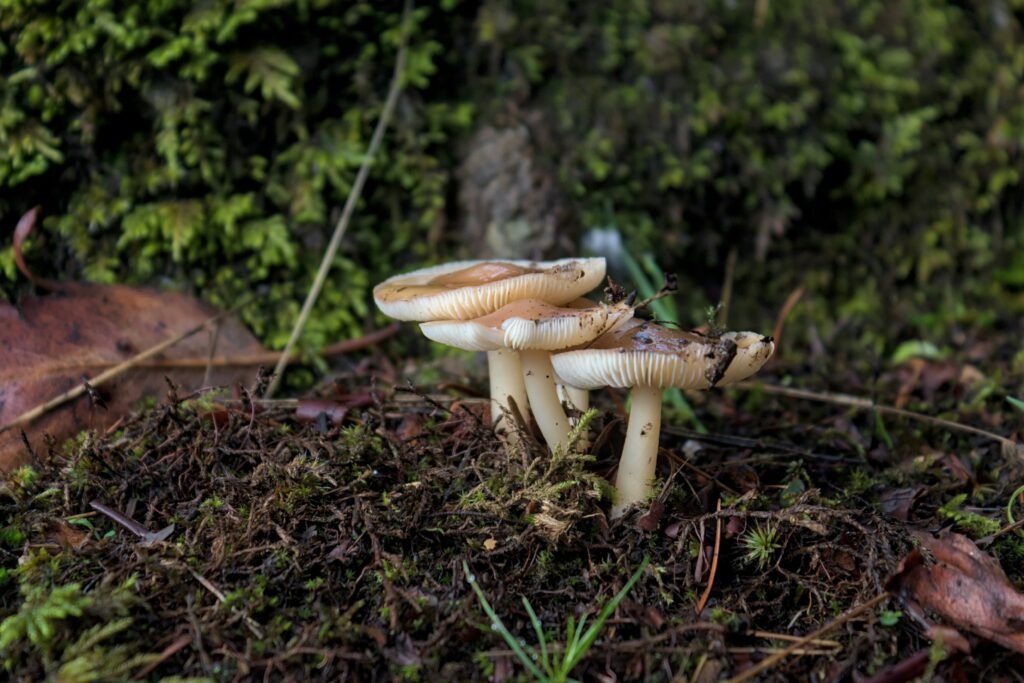
What Is a Spore Print?
A spore print is essentially the fingerprint of a mushroom. By placing the cap of a mushroom gill-side down on a surface for several hours, you can collect a deposit of its spores, which often show a specific color or pattern.
How to Make a Spore Print
Making a spore print is surprisingly simple! Here’s how you can do it:
- Harvest the Mushroom: Cut the cap from the stem carefully.
- Prepare Your Surface: Use a piece of white paper, glass, or aluminum foil. Some people prefer using half black and half white paper to provide contrast for spores of different colors.
- Position the Mushroom Cap: Place the cap with the gills or pores facing down on the surface.
- Cover the Cap: Use a bowl or cup to cover the cap and prevent air currents from disturbing the spores.
- Wait: Allow the mushroom to sit for six to twelve hours.
- Observe the Spore Print: Lift the cap and examine the color and pattern of the spores left behind.
Common Spore Print Colors and What They Mean
Spores can come in a variety of colors, each often associated with particular mushroom families. Here’s a quick reference for common spore print colors and their typical families:
| Spore Color | Mushroom Family | Examples |
|---|---|---|
| White | Amanitaceae, Agaricaceae | Amanita, Lepiota |
| Black | Coprinaceae, Psathyrellaceae | Coprinus, Panaeolus |
| Brown | Agaricaceae, Cortinariaceae | Agaricus, Galerina |
| Pink | Pluteaceae, Entolomataceae | Pluteus, Entoloma |
| Purple-brown | Strophariaceae | Stropharia, Psilocybe |
| Yellow | Hygrophoraceae | Hygrocybe |
| Green | Chlorophyllum | Chlorophyllum molybdites |
| Rusty-bouffant | Cortinariaceae | Cortinarius |
Can You Identify Poisonous Mushrooms by Spore Print Alone?
Unfortunately, the answer is no—spore prints alone cannot definitively identify whether a mushroom is poisonous. While spore print color is a valuable identification tool, it must be used in conjunction with other characteristics.
The Limitations of Spore Prints
Although spore prints are helpful, they have limitations. Many mushrooms, both toxic and edible, can share similar spore print colors. Additionally, since spore prints focus only on one attribute (color), other crucial identification factors are ignored.
Important Identification Factors Beyond Spore Prints
To reliably identify mushrooms, you should consider several key factors beyond the spore print:
- Cap Shape and Color: The cap’s shape, size, and color provide essential clues.
- Gill Attachment and Color: How gills are attached to the stem and their color can help differentiate species.
- Stipe (Stem) Characteristics: The stem’s texture, color, thickness, and presence of rings or volvas can be distinctive.
- Habitat: Knowing where a mushroom grows—on wood, soil, grassy areas—can aid identification.
- Odor: Some mushrooms have characteristic smells (e.g., almond, anise, or foul odors).
- Chemical Reactions: Some mushrooms change color when bruised or cut.
- Microscopic Features: For certain species, spore shape, size, and ornamentation are decisive identification factors.
Examples of Poisonous Mushrooms with Common Spore Prints
Let’s look at some examples of poisonous mushrooms exhibiting common spore print colors:
- Amanita phalloides (Death Cap): This deadly poisonous mushroom produces a white spore print, just like some edible species such as certain Agaricus.
- Galerina marginata: This dangerous little brown mushroom has a brown spore print, similar to the more innocuous Agrocybe.
- Chlorophyllum molybdites: Often mistaken for edible mushrooms, this species has a green spore print and can cause severe gastric distress.
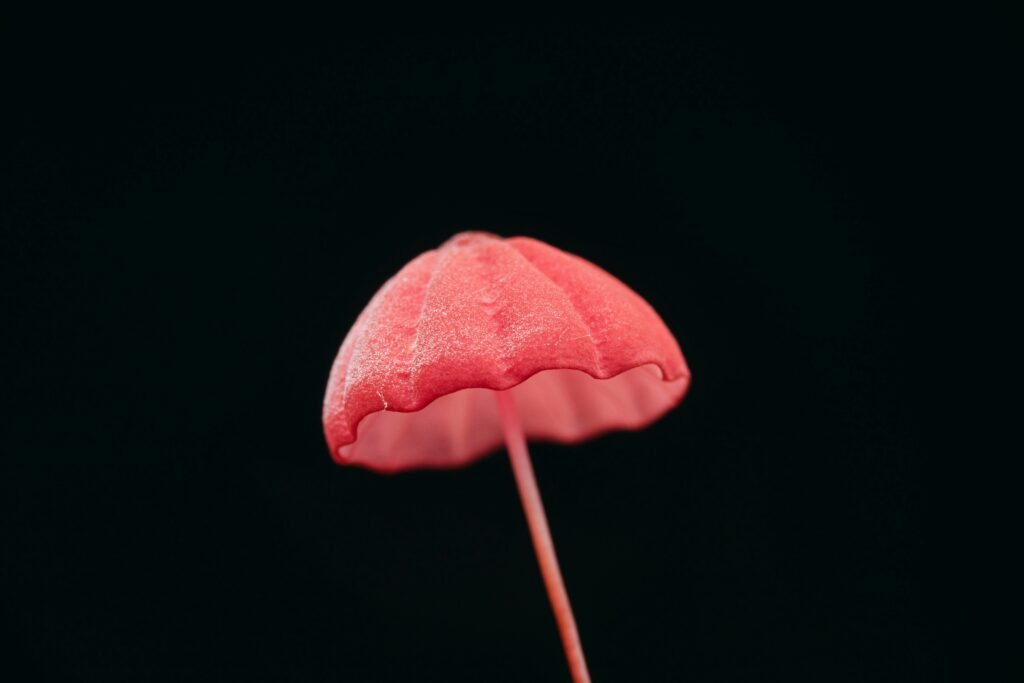
Safe Mushroom Foraging Practices
Since spore prints alone won’t reliably tell you if a mushroom is poisonous, you should follow safe foraging practices to minimize risk.
Always Use Multiple Identification Points
Combining various identification methods is crucial. Consider everything from spore print to habitat. Cross-reference with reliable field guides and consult with mycological experts when in doubt.
Avoid Mushrooms with Identifying Red Flags
Certain traits should immediately raise a red flag, including:
- White Gills and a Ring: Potentially Amanitas, some of which are deadly.
- Little Brown Mushrooms (LBMs): Difficult to identify and sometimes toxic.
- Large Wild Mushrooms in Fairy Rings: Often edible, but some harmful species also grow this way.
Lean on Technology and Community
Modern tools like mushroom identification apps and online forums can guide you but should not replace expert consultation. Foragers often share valuable insights and pictures, which can help validate your findings.
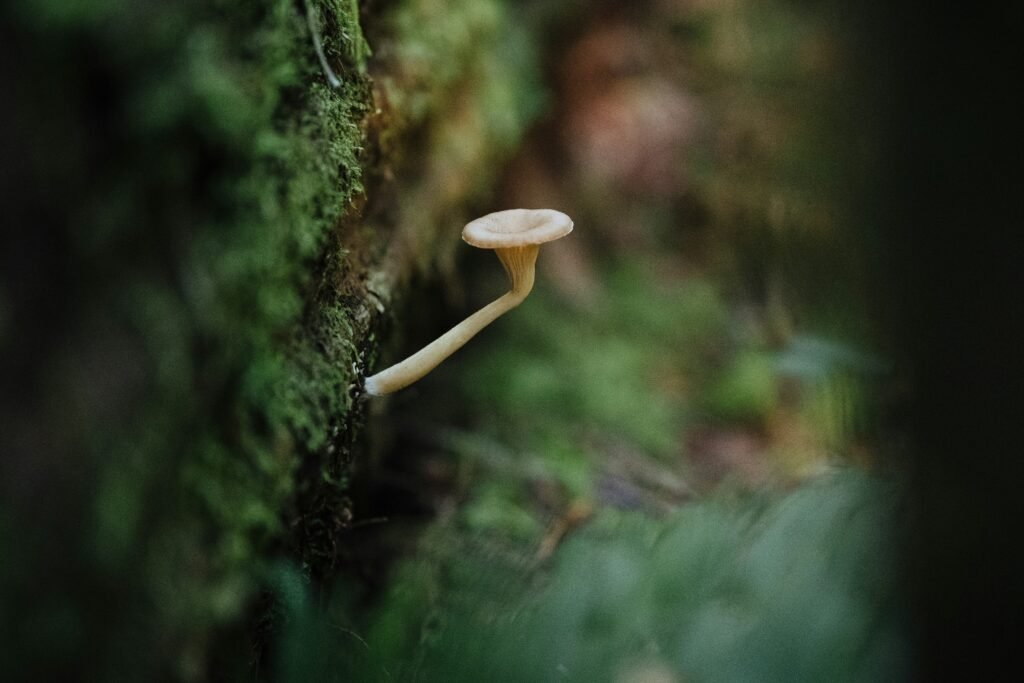
Poisonous Mushroom Myths
Mushroom foraging is steeped in myths and misconceptions. Here, we debunk some common ones:
“Poisonous Mushrooms Tarnish Silverware”
This myth suggests that poisonous mushrooms blacken silver when cooked together. It’s completely false and dangerous; silver tarnishes due to sulfur but isn’t a reliable toxicity test.
“All Poisonous Mushrooms Taste Bitter”
Not true! Some of the deadliest mushrooms, like Amanita phalloides, can taste quite pleasant. Relying on taste is not safe!
“Cooking Eliminates Toxins”
Again, false. Many mushroom toxins, such as those in the Amanita genus, are heat-stable and not destroyed by cooking.
“Poisonous Mushrooms Have a Certain Look”
It’s a tempting simplification, but poisonous mushrooms don’t adhere to a single pattern. They come in various shapes, sizes, and colors.
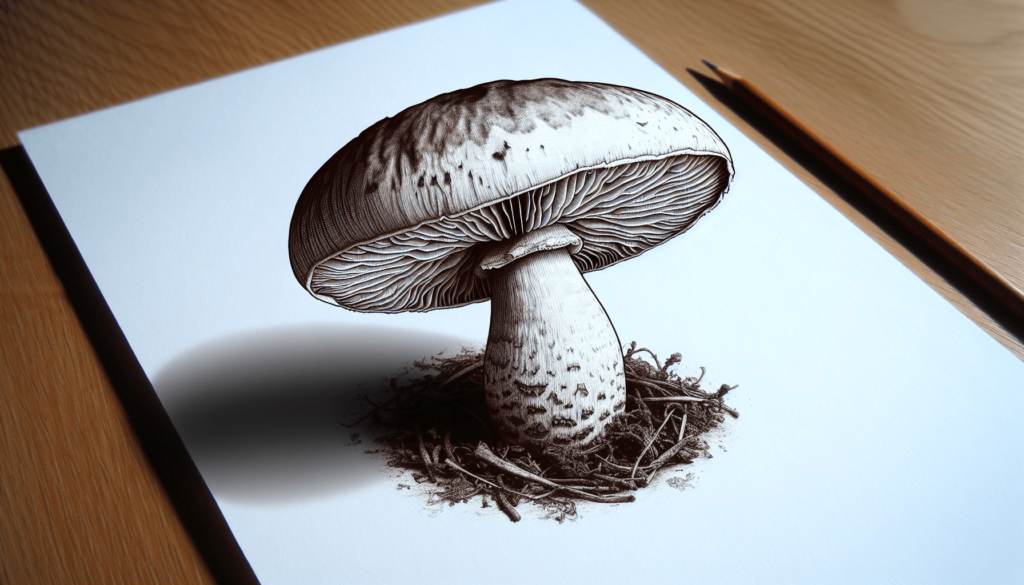
Case Studies: When Spore Prints and Identification Went Wrong
Even experienced foragers can misidentify mushrooms, sometimes with tragic consequences. Let’s explore some real-life cases to underline the importance of comprehensive identification:
The Tragic Case of the Death Cap Mistake
An experienced forager mistook Amanita phalloides for the edible Puffball due to its white cap. The forager’s reliance on superficial looks rather than a comprehensive identification led to fatal poisoning symptoms manifesting after several hours.
Confusion with Galerina and Gymnopilus
A group of amateur mycologists misidentified Galerina marginata for Gymnopilus junonius, which has a similar rusty to brown spore print. Despite microscopic differences, the foragers overlooked other critical identifiers and faced severe poisoning.
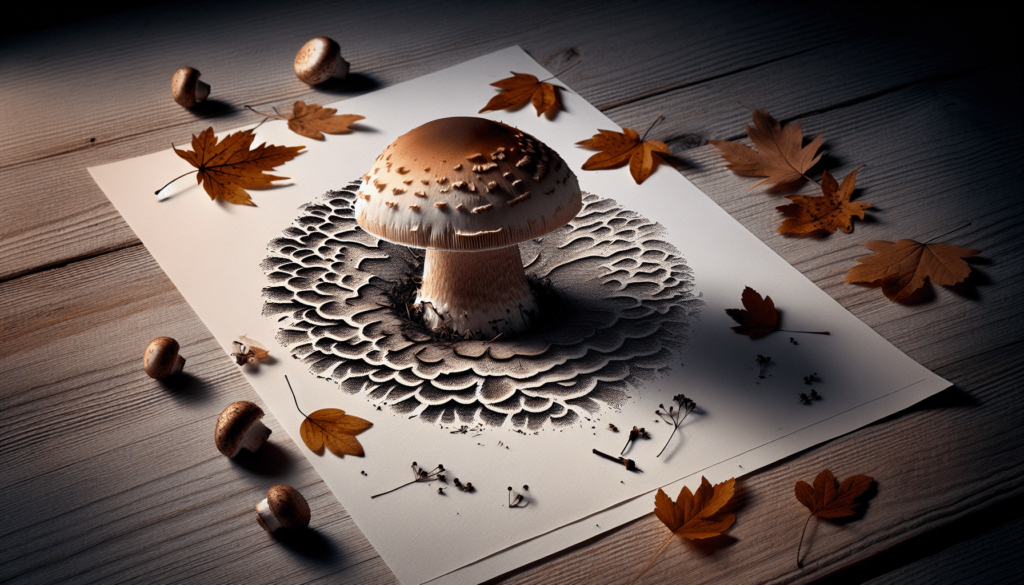
Conclusion: Safety First, Always
Although spore prints provide valuable clues in identifying mushroom species, they can’t definitively dictate a mushroom’s edibility. Use every available identifier—cap shape, gill attachment, habitat, and more—to form a complete picture. This holistic approach will significantly reduce the risk while foraging.
When it comes to mushrooms, caution cannot be overstated. Always consult multiple reliable sources, and when in doubt, err on the side of safety. Your curiosity is admirable, but your health and safety come first!
Happy (and safe) foraging!
